Professional septic tank pumping that prevents backups, extends system life, and keeps your property safe.
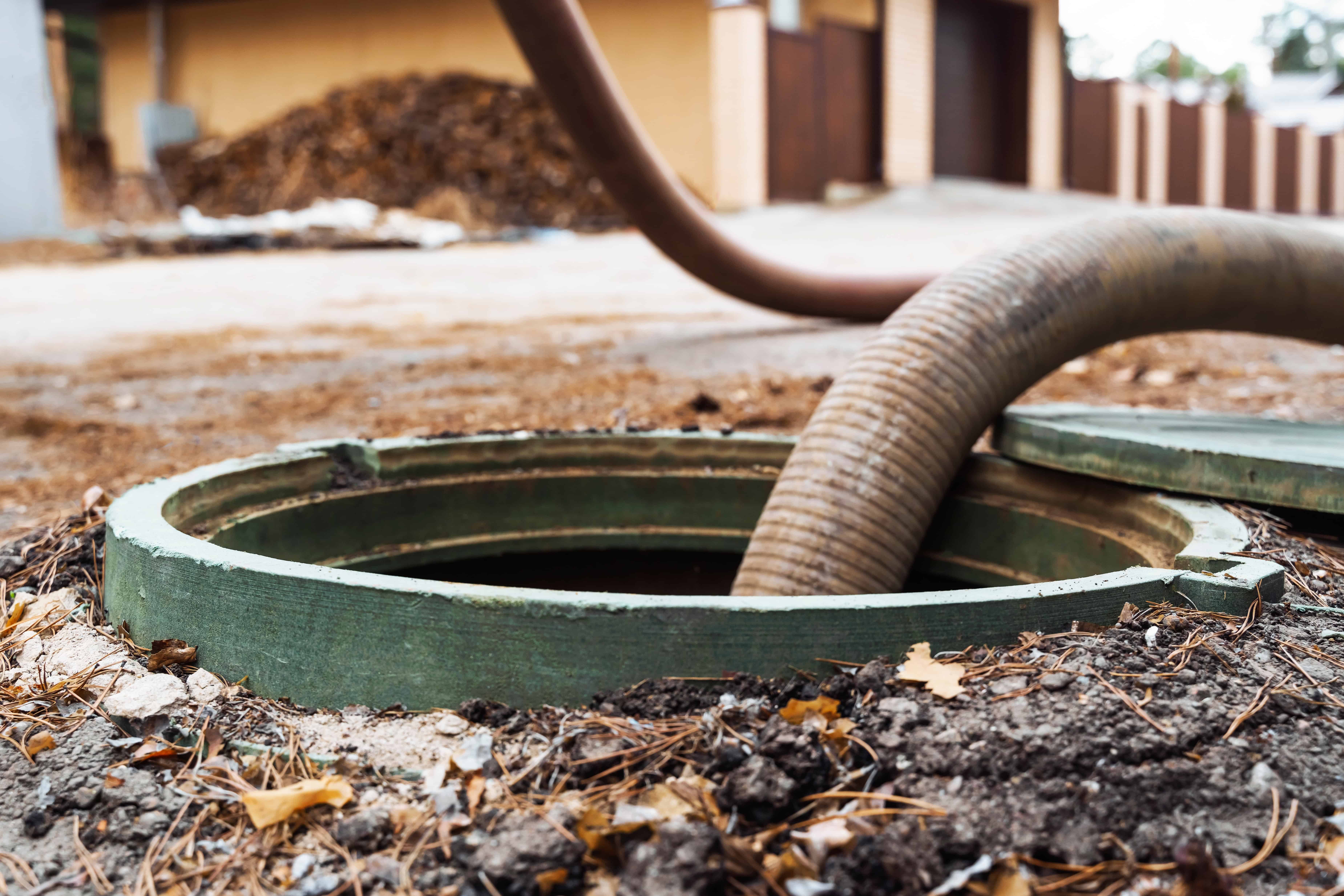
Hear from Our Customers
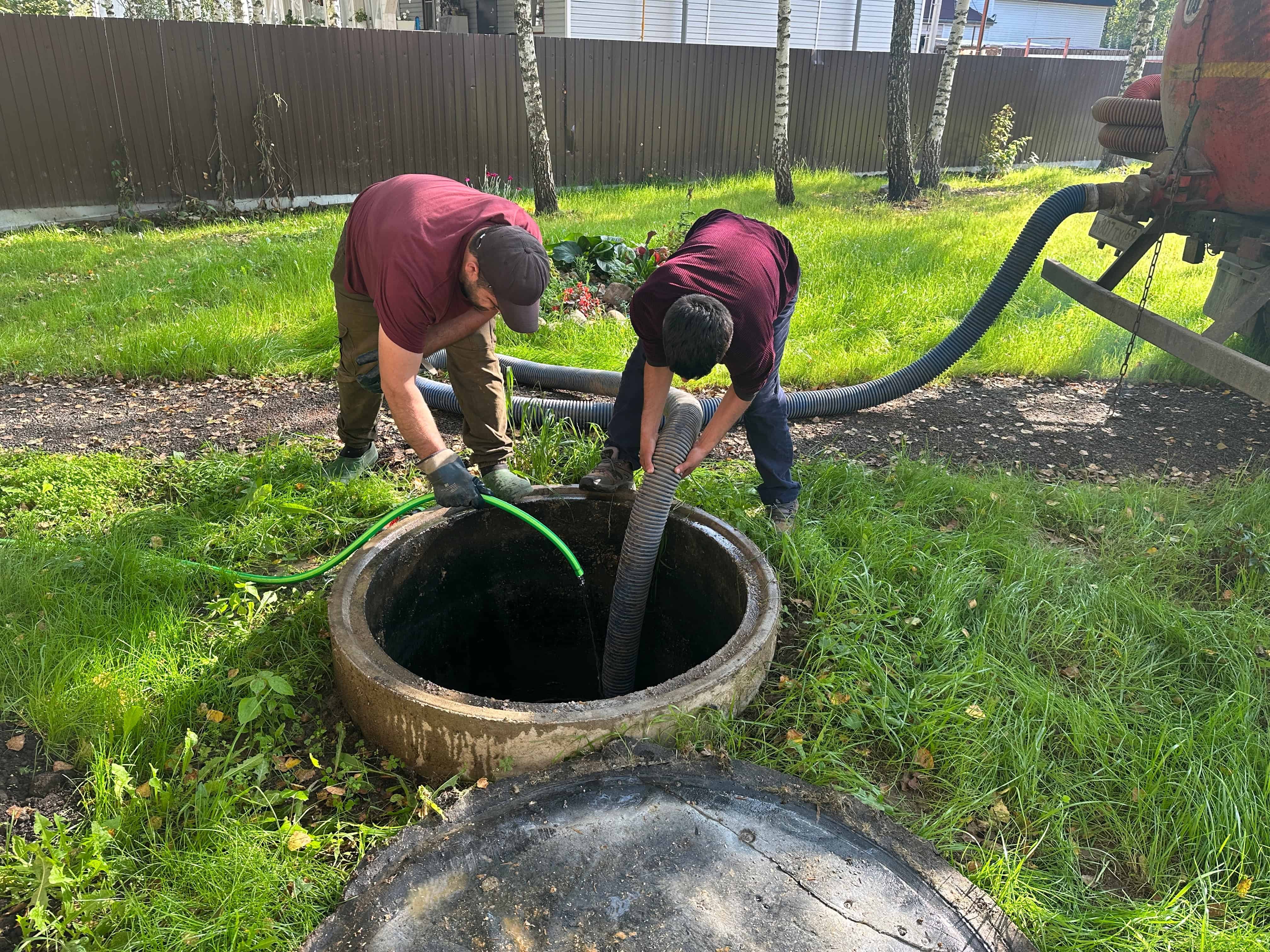
Your septic system works quietly in the background until it doesn’t. When that happens, you’re looking at thousands in damage, health hazards, and a mess that disrupts your entire household.
Regular septic tank pumping prevents these disasters. You get a system that processes waste efficiently, protects your property value, and keeps your family safe from sewage backups. No surprise failures, no emergency repairs, and no dealing with raw sewage in your yard.
Most Huntington Bay homes need pumping every 3-5 years, but the timeline depends on your household size, water usage, and system age. We’ll inspect your tank during service and give you a realistic timeline for your next pumping—no guesswork, no unnecessary services.
We’ve been serving Huntington Bay and Long Island for years, handling everything from routine maintenance to emergency septic situations. We’re licensed, insured, and familiar with the specific soil conditions and regulations that affect septic systems in our area.
You won’t find us cutting corners or recommending services you don’t need. We show up on time, explain what we’re doing, and clean up after ourselves. Our trucks are equipped to handle any size residential or commercial septic tank, and we dispose of waste properly at licensed facilities.
When you call us, you’re working with professionals who understand Long Island septic systems and the unique challenges they face in our coastal environment.
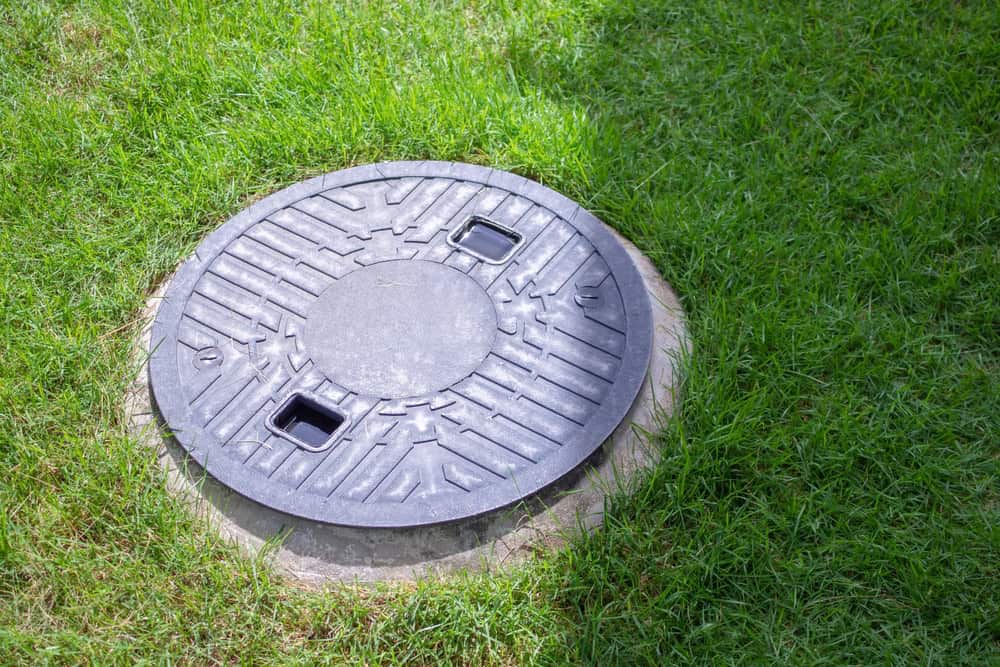
First, we locate and uncover your septic tank access ports. Many homeowners don’t know where these are, so we handle the detective work. We’ll also note the location for future reference, making your next service faster.
Next, we pump out the accumulated sludge and scum layers from your tank. This isn’t just sucking out liquid—we’re removing the solid waste that builds up over time and can clog your drain field if left untreated. Our equipment handles this efficiently without damaging your tank or surrounding landscape.
During pumping, we inspect your tank for cracks, damaged baffles, or other issues that could cause problems down the road. If we spot something concerning, we’ll explain what it means and whether it needs immediate attention or just monitoring. You’ll know exactly what condition your system is in before we leave.
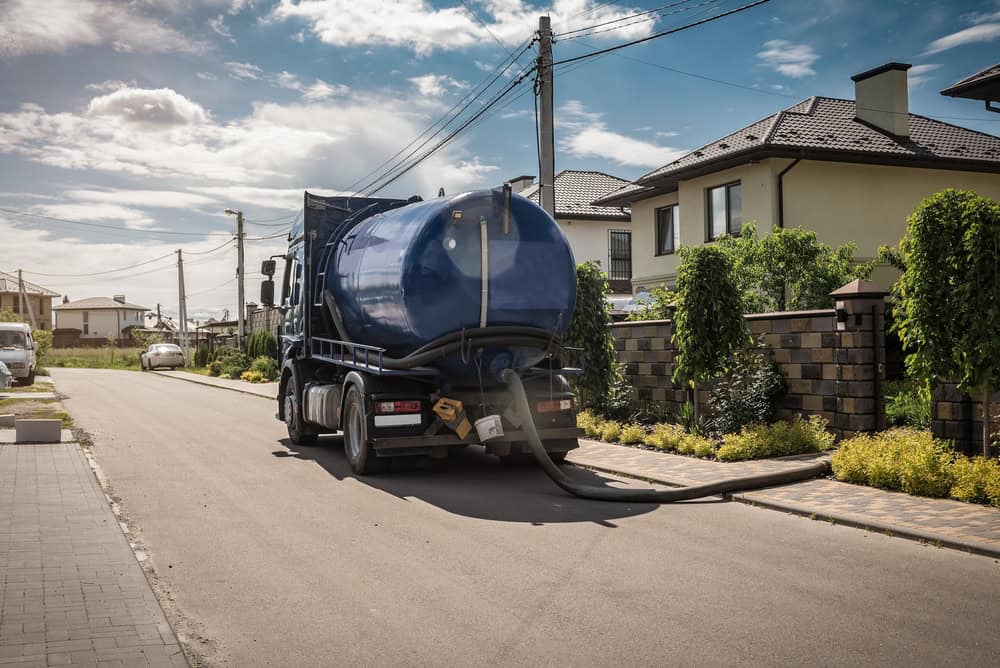
Ready to get started?
Every septic pumping includes complete tank evacuation, not just partial pumping that some companies offer to cut costs. We remove all pumpable waste, giving your system the fresh start it needs to function properly.
You also get a thorough tank inspection at no extra charge. We check inlet and outlet baffles, look for structural damage, and assess the condition of your tank walls. This catches small problems before they become expensive repairs.
We provide honest recommendations based on what we actually see, not what generates the most revenue. If your system looks good for another few years, we’ll tell you. If something needs attention, we’ll explain why and what happens if you wait. Long Island’s sandy soil and seasonal water table changes create specific challenges for septic systems, and our recommendations reflect that local knowledge.
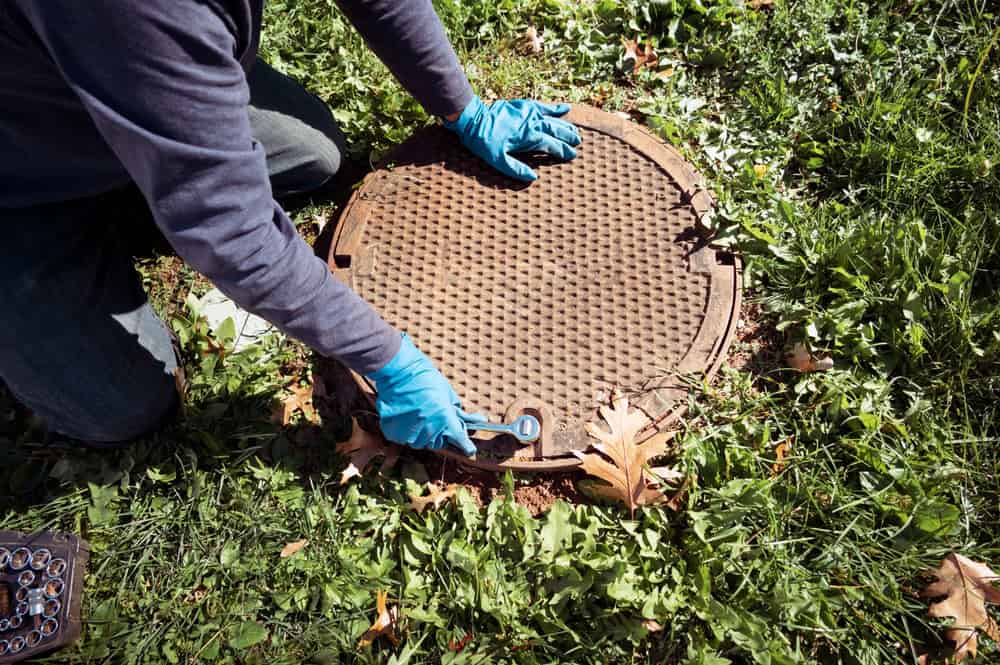
Don’t let cesspool issues disrupt your day. Reach out now for a free estimate and expert service.
©2025 Quality Cesspool All Rights Reserved. SEO Company NYC – Web Design & SEO by Hozio